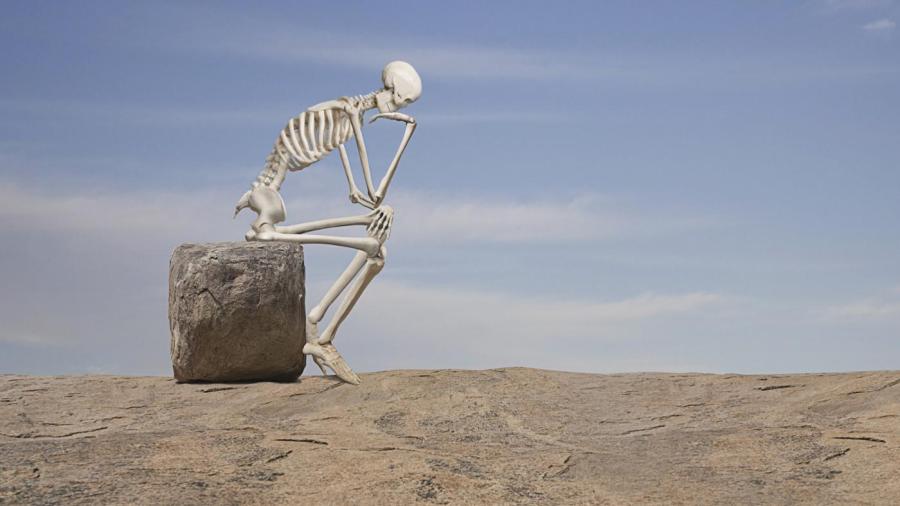What Is Osteophytosis?

Osteophytosis is a condition characterized by the formation and presence of bone spurs or osteophytes. These are outgrowths of bone tissue around damaged and injured joints that result from the wear and tear associated with osteoarthritis and often develop along the edges of bones.
Osteoarthritis is a degenerative disease of the joint cartilage that is characterized by joint pain and discomfort. Osteoarthritis causes the cartilage at the end of the bones to break down, which leads to a loss of cushioning and support. Once this occurs, osteophytes often form, which increase the surface area of the bone and may be an attempt by the body to better distribute the weightbearing function. In severe cases, however, osteophytes may cause additional pain.
Although any bone can develop osteophytes due to overuse or osteoarthritis, osteophytosis is common in regularly used joints such as the hips, shoulders, spine, knees and hands. In the spine, osteophytosis can be a sign of spinal degeneration, and any associated pain generally indicates spinal nerve impingement. Osteophytes often go undetected for years because many of these bony projections are asymptomatic. Most patients only seek treatment if pain develops or worsens. Due to this lack of symptoms, many osteophytes are diagnosed during X-rays for other conditions.





